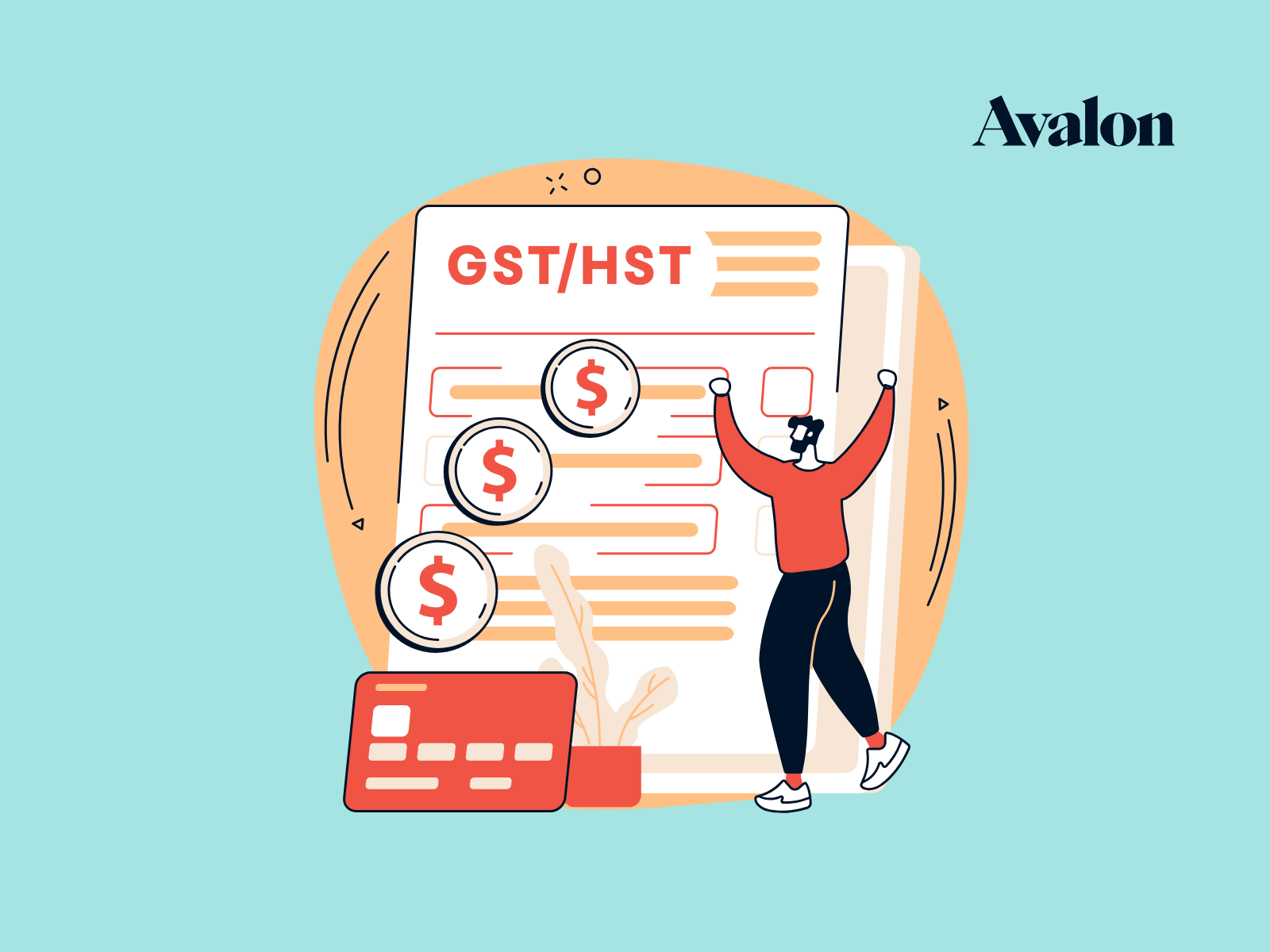The GST Quick Method: Is it for me?
GST is a bit of a pain (although less of a pain than our antiquated PST here in BC, but that’s a post for another day - thanks Bill Vander Zalm!). It’s one more thing in a long list of to-dos for any small business owner and we like to make lives a bit easier where we can, so this article will showcase one of CRA’s legal short cuts and help you decide whether it’s for you.
First, GST: What is it?
Paul gave us a good rundown in this article on whether you have to charge GST/HST. So, I won’t rehash it in detail, but the Cole’s Notes version is this: you charge GST on sales and you pay GST on some purchases (called Input Tax Credits or ITCs). You pay the government when the GST you charged is greater than your ITCs. The reverse would grab you a refund.
For more information here’s a related article on How Much GST/HST You Need to Charge.
The Problem
The problem with GST for most small businesses is that it’s an administrative burden. You have to track how much GST you have charged and how much you have paid and then back up your claims with invoices and receipts. Many small business owners miss out on their ITCs and pay too much in GST because tracking it means coding every receipt in detail and pulling out the GST amount.
A Potential Solution
The CRA offers a potential solution to this burden for small businesses. You can elect to use the quick method of accounting for GST/HST. Here’s how it works:
- Instead of the normal way of calculating GST owing (GST collected on sales less GST paid on purchases) as indicated on your purchase receipts, you pay a fixed rate (i.e. 3.6% for a service business in BC) of your taxable sales, without having to calculate your ITCs.
- For businesses with minimal ITCs, this can result in some tax savings.
- So, if you had $50,000 in taxable sales for the quarter, you collected $2,500 in GST at 5%. Under the normal method, it would depend on how many ITC’s you had to determine how much you had to pay to the government. Under the quick method, you would have to pay $1,800 to the government.
- You can claim any ITCs you pay on large capital asset purchases under the quick method as well, such as when you buy a computer. So, in the above example, if you also bought a $2,000 computer (plus 5% GST = $100), you would only have to pay $1,700 to the government under the quick method.
How Do You Sign Up?
In order to be able to use the quick method, you need to file an election. Unfortunately, you can’t retroactively elect for past periods once you’ve passed the due date. Also, once you make the election, you can’t revoke it for a full year. What does filing an election entail? There’s a form to fill out here.
Should You Sign Up?
Here’s what we would recommend you do in order to understand whether you should sign up:
- Determine whether you are eligible. If your sales are less than $400,000 and you don’t fall under one other the exceptions. Surprise! No quick method for Accountants - darn!
- Have a rough estimate of your GSTable (not a word) sales versus your ITCs. If you have minimal sales and lots of Canadian-based expenses (contractors, etc.) then you are likely in a refund position and this method is probably not for you. If you are fairly well established, but just can’t be bothered with tracking this stuff, it’s likely a good fit for you. It will likely save you some time, money and some administrative headaches.
- If you want to know for sure if this will be a financial (and not just administrative) benefit for you, do this:
- Find your applicable quick method rate based on type of business and location of sales
- Apply the rate to last year's gross sales
- Compare the product of step 2 with the GST that you owed last year.
- If the quick method amount is higher, then you probably won't benefit other than having less administrative burden. If the quick method amount is lower, then you may be a good candidate for quick GST!
How to Switch to the Quick Method
There is a very official sounding form called the “Election and Revocation of an Election to Use the Quick Method of Accounting” or GST174 for short. Fill it out and send it to your tax services office.
A note on the timing of switching to the quick method: If you file annual GST/HST returns, you have to make the election by the first day of your second fiscal quarter. If you file monthly or quarterly GST/HST returns, you have to make your election by the due date of the return in which you begin using the quick method. You can start using the quick method on the effective date you indicate on the election form. However, this date has to be the first day of a GST/HST reporting period.
Still not sure? Reach out and we would be happy to chat your situation through with you.












